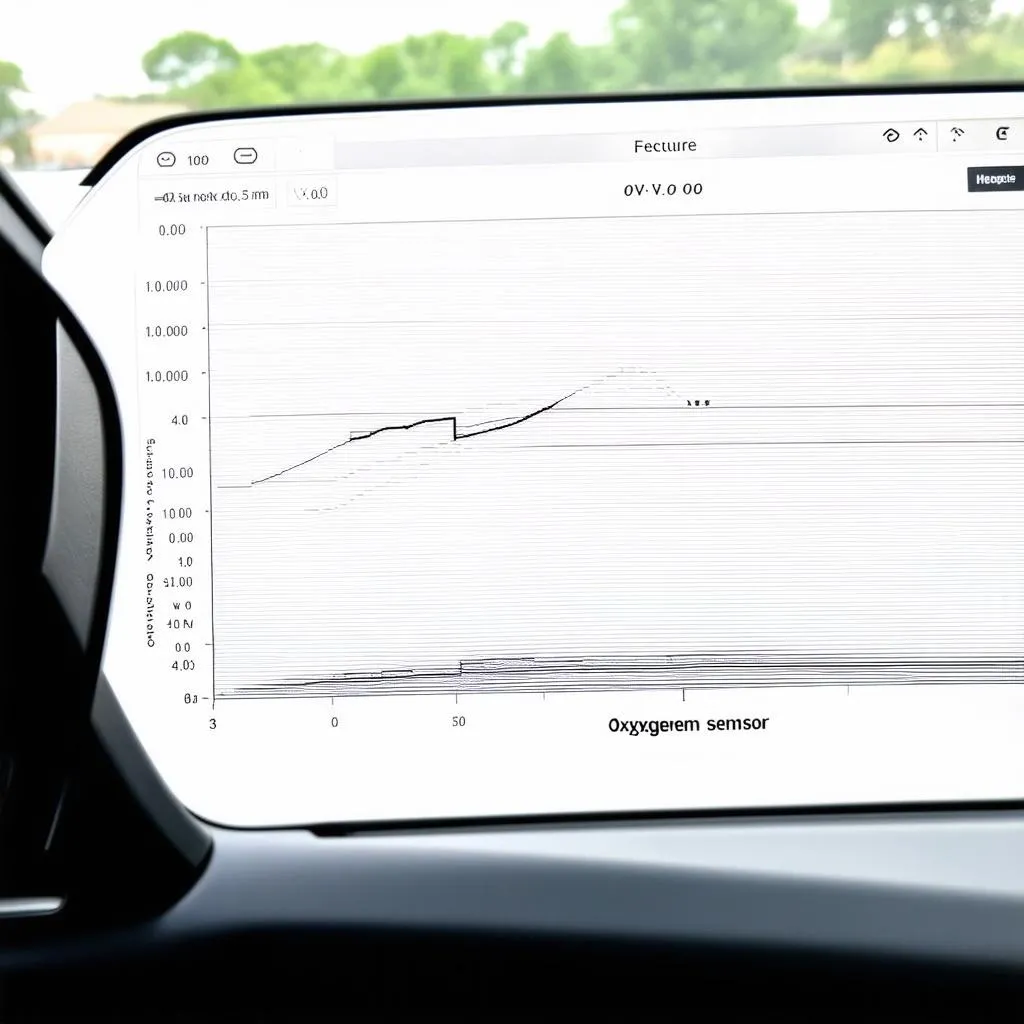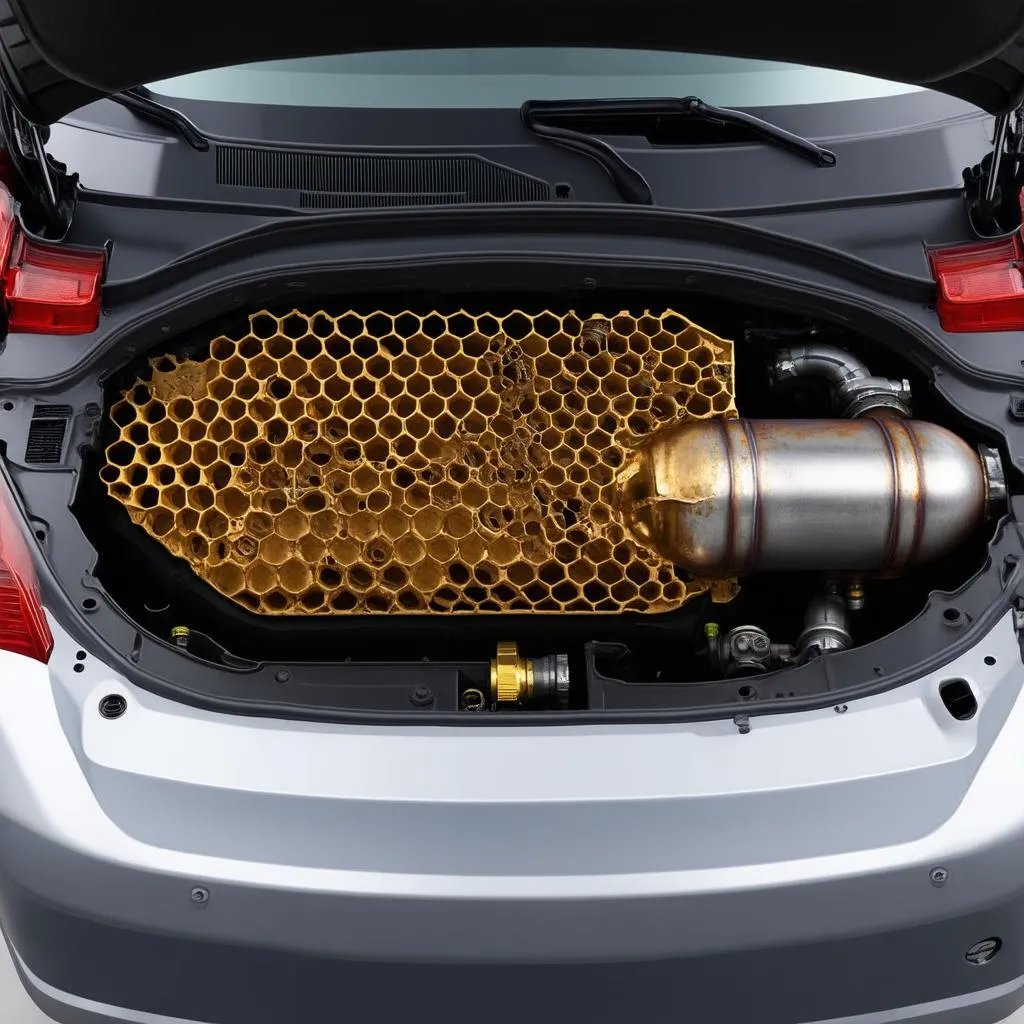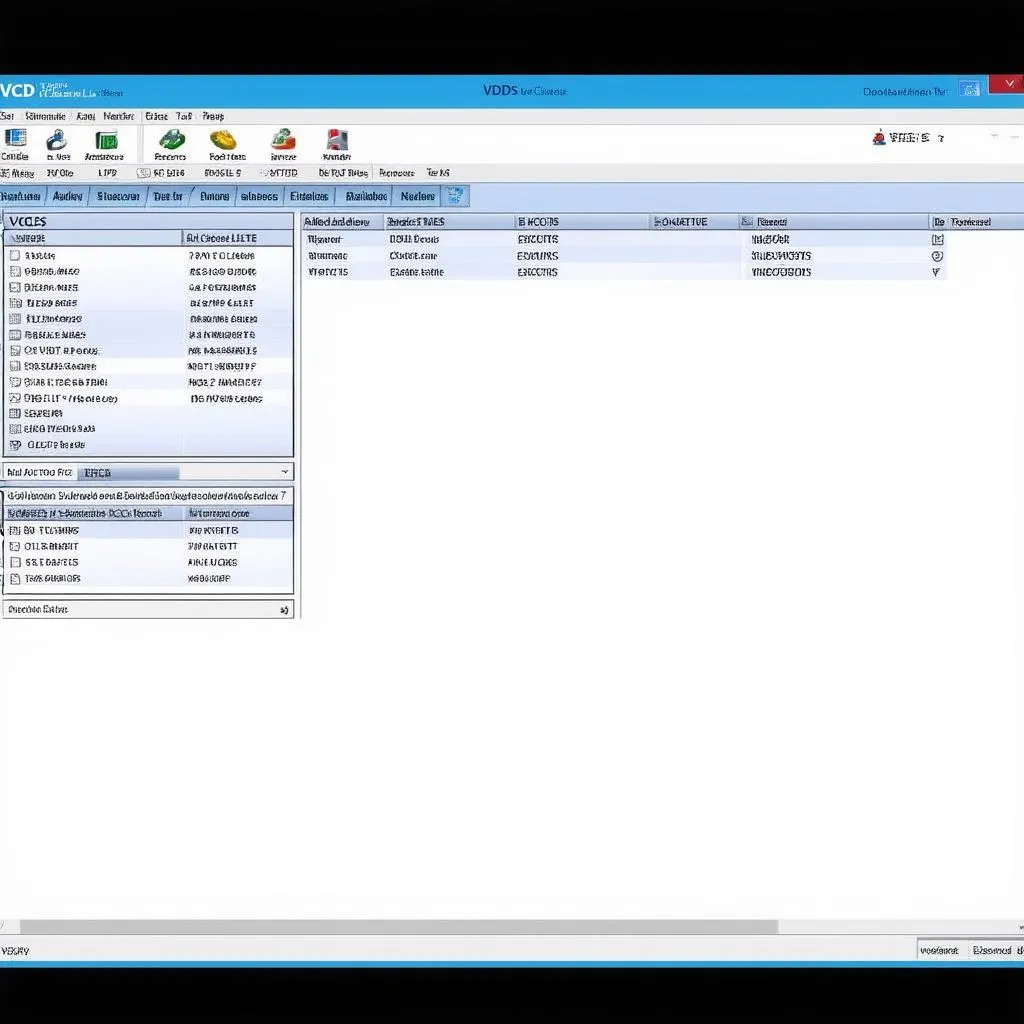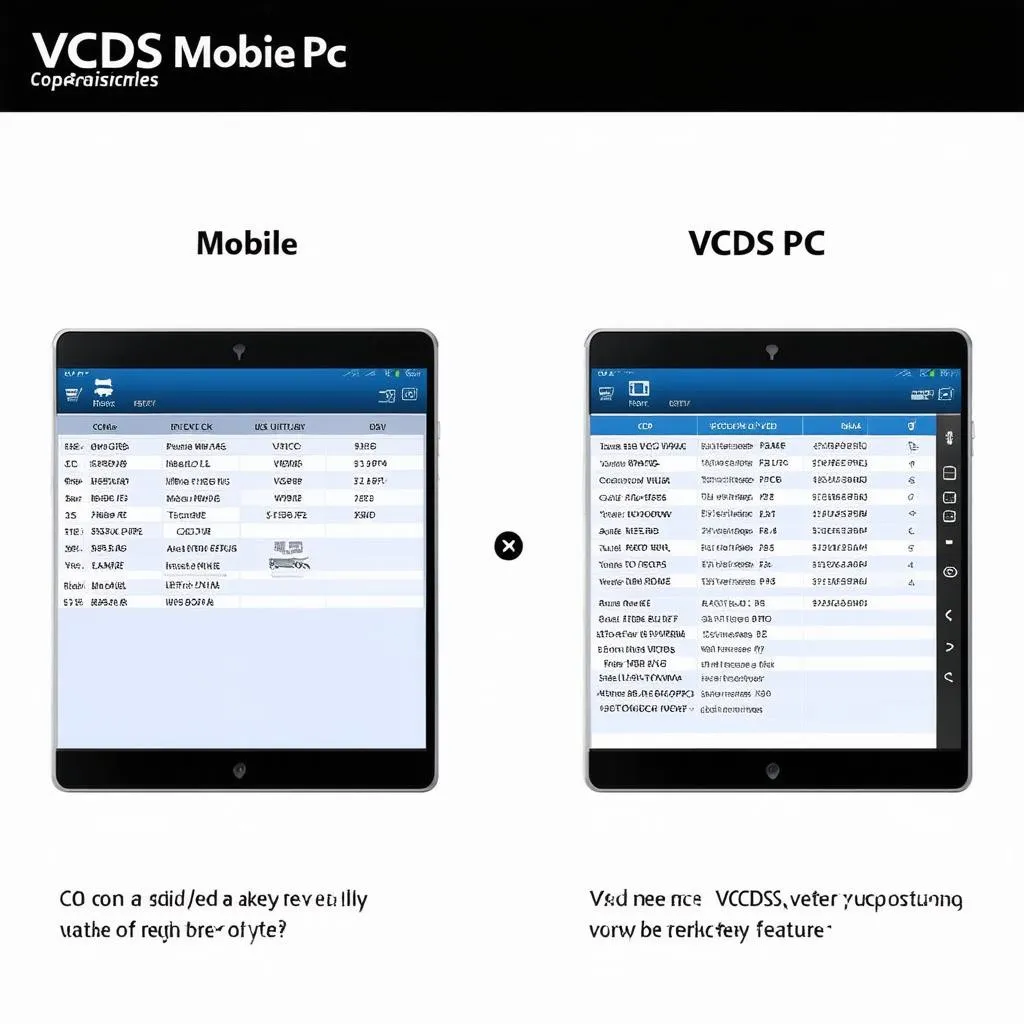Oxygen sensors are vital components of your car’s emission control system. They monitor the amount of oxygen in the exhaust gases, helping the engine run at optimal efficiency and minimize harmful emissions. A faulty oxygen sensor can lead to various problems, including reduced fuel economy, increased emissions, and even engine damage.
If you suspect an oxygen sensor issue in your Volkswagen Audi Group (VAG) vehicle, the VCDS software offers a powerful diagnostic tool to pinpoint the problem.
What is a VCDS Oxygen Sensor Test?
VCDS, short for VAG-COM Diagnostic System, is a diagnostic software specifically designed for VAG vehicles. This software allows you to access and analyze your car’s various control modules, including the engine control module (ECM), which monitors the oxygen sensors.
A VCDS oxygen sensor test lets you monitor the sensor’s output voltage in real-time. This information helps determine if the sensor is responding correctly to changes in exhaust gas oxygen levels, indicating its health and functionality.
Performing a VCDS Oxygen Sensor Test
Before starting the test, ensure you have the necessary equipment:
- A Windows-based laptop
- A genuine Ross-Tech VCDS interface cable
Here’s a step-by-step guide to performing a VCDS oxygen sensor test:
- Connect your VCDS interface to your car’s OBD-II port and laptop.
- Turn on the ignition but don’t start the engine.
- Launch the VCDS software and establish communication with your vehicle.
- Select the appropriate control module for your engine type.
- Navigate to the “Measuring Blocks” or “Live Data” section.
- Locate the measuring block groups related to oxygen sensors.
- Monitor the sensor voltage readings. A healthy oxygen sensor should fluctuate between 0.1V and 0.9V rapidly while the engine is running.
 oxygen sensor voltage graph
oxygen sensor voltage graph
Interpreting the Results
- Fluctuating Voltage: A healthy sensor’s voltage reading should fluctuate smoothly and rapidly between 0.1V (lean) and 0.9V (rich).
- Slow or Stuck Voltage: A sensor with slow or stuck voltage readings may indicate a sluggish or failing sensor.
- Out-of-Range Voltage: A sensor consistently showing voltage outside the normal range (0.1V-0.9V) suggests a faulty sensor.
Note: Always refer to your vehicle’s specific repair manual for the correct voltage specifications and diagnostic procedures.
“When diagnosing oxygen sensor issues, remember that other factors can influence readings,” says automotive electronics expert John Miller, author of “Advanced Automotive Diagnostics.” “Exhaust leaks, vacuum leaks, and fuel system problems can mimic a faulty oxygen sensor.”
FAQs About VCDS Oxygen Sensor Tests
Can I perform this test myself?
Yes, with a VCDS interface and basic knowledge of the software, you can perform this test.
What if my VCDS scan doesn’t show oxygen sensor data?
Not all oxygen sensors are directly monitored by the ECM. In some cases, the sensor data might not be available through the VCDS scan.
Is it safe to drive with a faulty oxygen sensor?
While your car may run, driving with a faulty oxygen sensor can negatively impact fuel economy, emissions, and potentially damage your catalytic converter.
 car catalytic converter
car catalytic converter
Conclusion
The VCDS oxygen sensor test offers a valuable tool for diagnosing potential issues with your car’s oxygen sensors. By understanding how to perform and interpret the results of this test, you can maintain your VAG vehicle’s performance and minimize its environmental impact. If you are uncomfortable performing these diagnostics yourself, contact a qualified mechanic specializing in VAG vehicles.
CARDIAGTECH offers a wide range of automotive diagnostic tools, including the VCDS system. Check out their website for more information about VCDS and other products.


